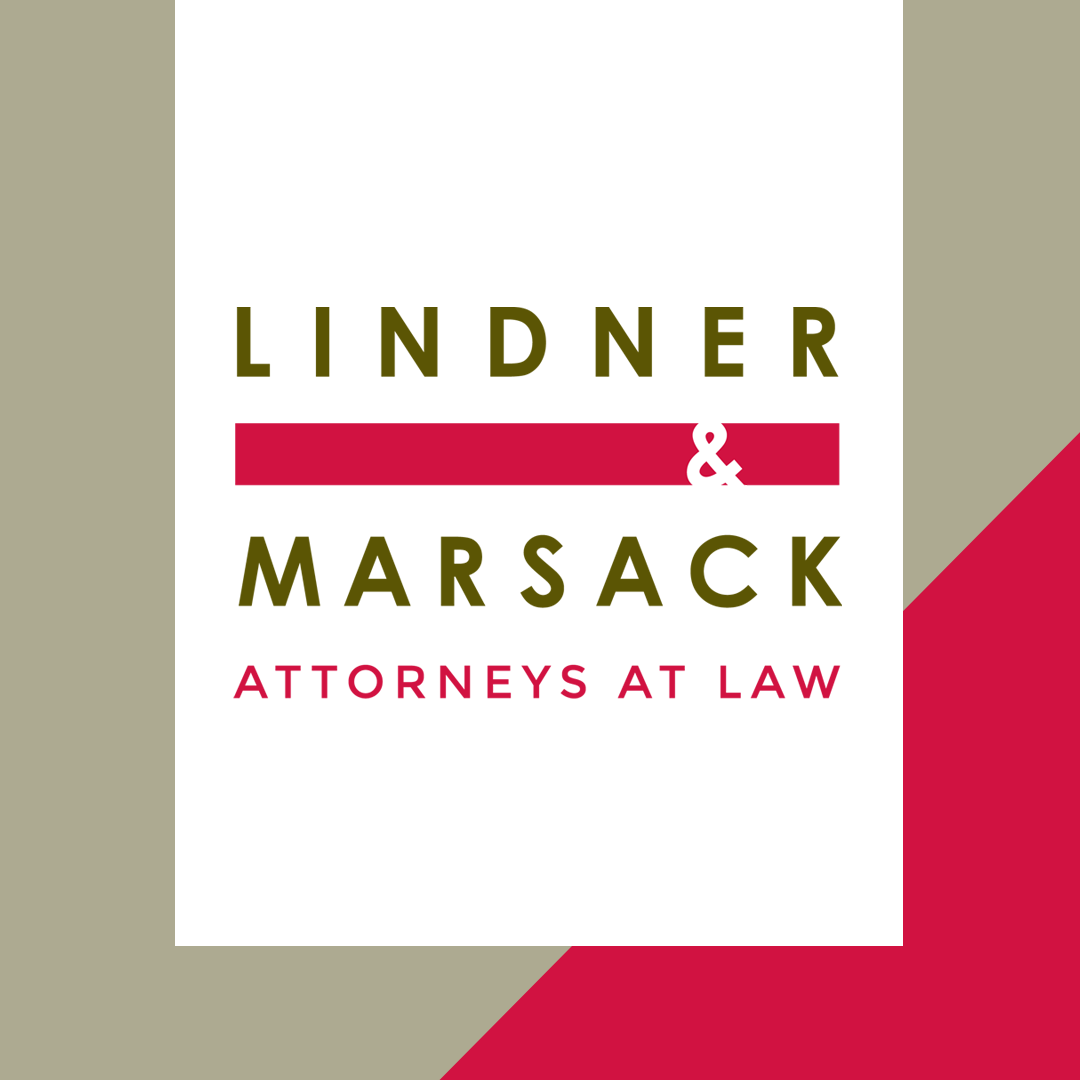By Daniel Finerty, Sally Piefer & Oyvind Wistrom On Wednesday, April 1st, the Department of Labor (DOL) released its regulations applicable to the Families First Coronavirus Response Act (FFCRA). This E-Alert provides an explanation and comments regarding the interpretations and how each may apply in practice. Please note that these are interim regulations, not the […]

FFCRA REGULATIONS – INTERPRETATION
Leave a reply
